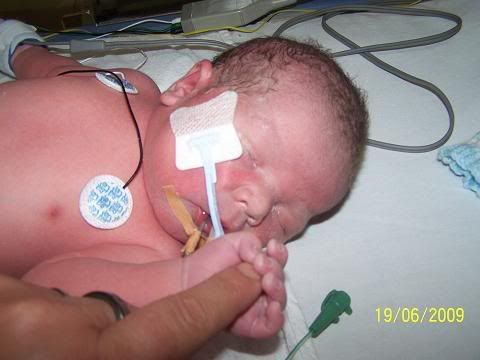It is very common for parents to ask their child lots of questions to reassure themselves that their child is listening and understanding, or sometimes just to get a response. However, when you continuously bombard a child with direct questions, you limit their ability to express themselves as you are always in control of the conversation. Children also begin to tune out when they are constantly asked questions and some even become withdrawn, as they dislike being pressured to speak. Excessive questioning often stops the natural flow of conversation and the questions tend to require your child to give only yes/no or one-word answers.
By trying to alter your communication style to include more commenting and less questioning you take the pressure off your child and give them more natural opportunities to communicate with you. By commenting on what your child is doing and then waiting, you create a natural opportunity for your child to respond without pressure. This can initially be very tricky to do if you are used to asking a lot of questions!
Example:
Questioning
Playing with a puzzle
Parent: “what’s that?”
Child: “cat”
Parent: “what’s this?”
Child: “dog”
Parent: “what does the dog say?”
Child: “woof woof”
Parents: “what’s this?”
Child: (ignores yet another question)
Commenting
Playing with a puzzle
Parent: “oh, dog, you’ve got the dog”
Child: “dog”
Parent: “dog, a big dog, woof woof”
Child: “dog woof woof”
Parent: “yes, dog goes woof woof, put in, put in dog”
Child: “put in”
Try to limit the questions you ask to good questions. A good question can be a powerful conversational hook. It often takes a conscious effort to ask a good question that encourages your child to share his experiences with you. Good questions must be sincere and appropriate to your child’s level. This includes questions that:
* Show your interest and allow your child to lead. For example: “what next?”
* Allow your child to make choices or decisions. For example: “do you want juice or milk?”
* Extend your child’s thinking. For example: “what’s happening?” or “how does it work?”
Information in this handout compiled from: Manolson, Ayala (1992). It takes two to talk: a parent’s guide to helping children communicate. Toronto: The Hanen Centre.
Handed out by the Speech Therapy Department at Northam Regional Hospital.
skip to main |
skip to sidebar
Life beyond the NICU. Brendan 30+1 weeks & Tristan 34+3 weeks.
Disclaimer
This is a personal blog, by Sally. Please do not copy any photo's or content without obtaining permission first. Some content in my blog will be copied from elsewhere on the web, but I have gained permission to do so first.
Search This Blog
Blog Archive
-
▼
2011
(42)
-
▼
January
(15)
- Housepoet's Famous Lactation Boosting Oatmeal, Cho...
- Moving House
- Commenting vs. Questioning ~ Speech Therapy
- Imitation and Silly Sounds ~ Speech Therapy
- Four Years On.... It's Not getting Any Easier.
- Motivation Assessment Scale ~ Sensory Processing D...
- Special Friends ~ Special Needs Forum
- Weight Updates
- Charity Auction Calling on the Help of the Bloggin...
- Mountains.... Journey to a Better Parent.
- Starting 2011
- The 365 Day Project
- Tristan Update
- Update on Brendan
- Welcome Back!
-
▼
January
(15)
Labels
- Autism (2)
- Birthday (1)
- Breastfeeding (1)
- Brendan (9)
- ENT (1)
- MOVING (5)
- NICU (3)
- Other (4)
- Photos (3)
- Pregnancy (2)
- Premature Birth (5)
- Sensory Processing Disorder (6)
- Special Needs (14)
- Tristan (7)
- Update (8)
| Blog: |
| Parenting Premmies |
Topics: |
| Premmie, Preemie, NICU |



No comments:
Post a Comment
Thank you for taking the time to comment on my blog, I really appreciate it.